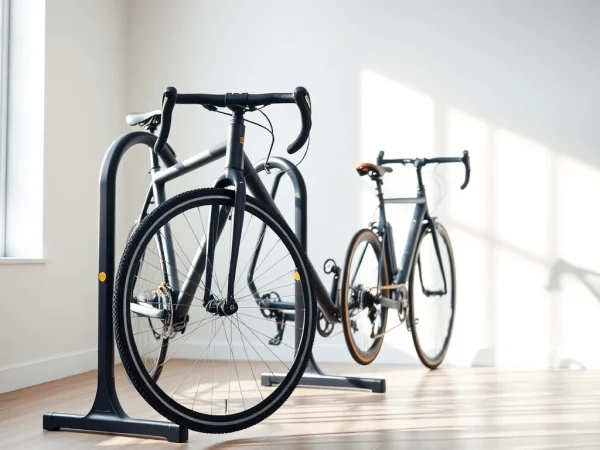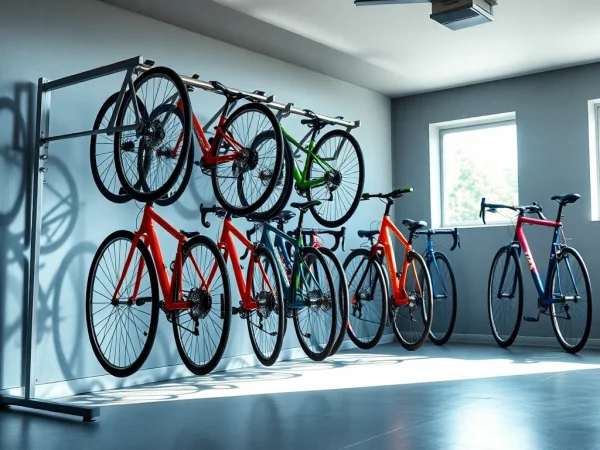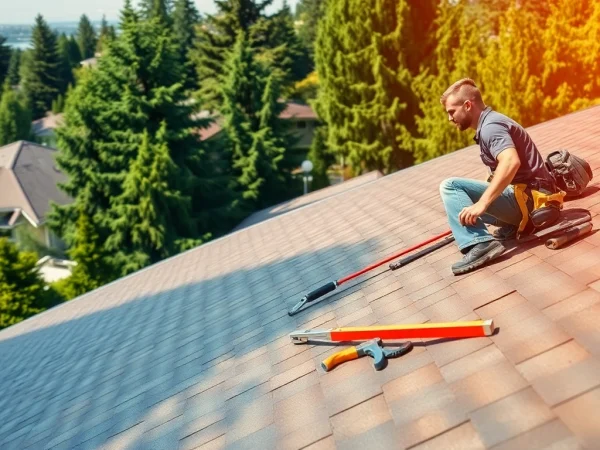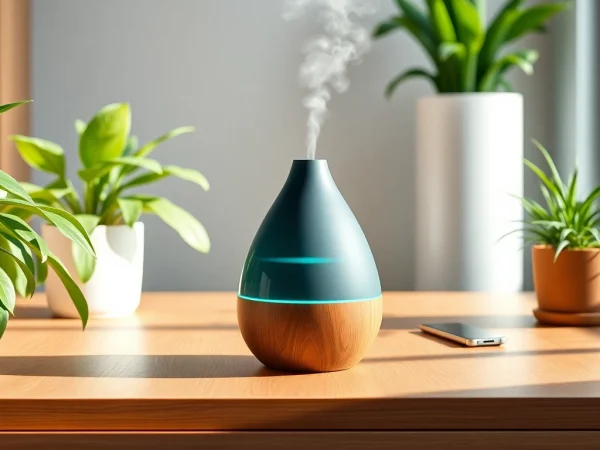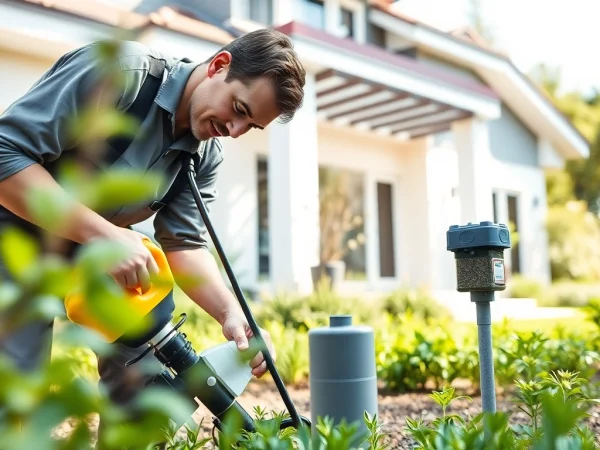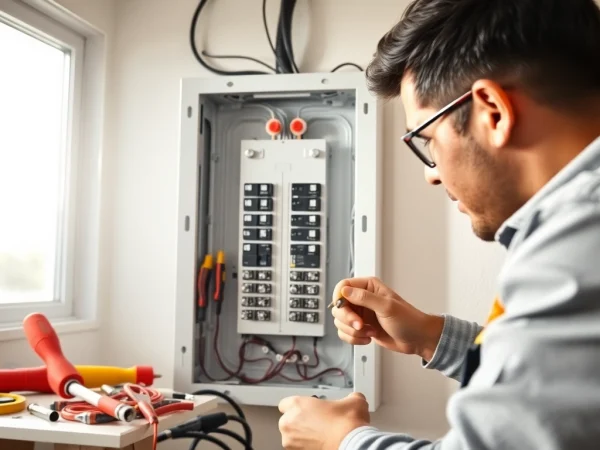Transform Your Space with a Stunning Water Vapor Fireplace
Understanding Water Vapor Fireplaces
What is a Water Vapor Fireplace?
A water vapor fireplace is a modern innovation in home heating and decor that emphasizes safety and aesthetics. These electric fireplaces utilize advanced ultrasonic technology to simulate the appearance of real flames without the use of actual fire. Unlike traditional fireplaces that can produce significant heat and pose risks of burns or accidental fires, water vapor fireplaces generate a cool mist that mimics the dancing flames and soft glow of a real fireplace. This creates an inviting atmosphere without the concerns associated with conventional heating methods.
How Does It Work?
The operational mechanism of a water vapor fireplace is both fascinating and straightforward. The system employs an ultrasonic transducer that vibrates at high frequencies to convert water from a reservoir into a fine mist. This mist rises into the fireplace unit, where strategically placed LED lights illuminate it, creating the illusion of flickering flames. The added benefit of this technology is twofold: it provides noticeable ambiance while also increasing indoor humidity — a beneficial effect, particularly in dry climates.
Benefits of Using Water Vapor Fireplaces
Water vapor fireplaces bring a host of advantages that make them an attractive option for homeowners:
- Safety: As these fireplaces do not generate real flames, they are safe for homes with children and pets, reducing the risk of burns or fire hazards.
- Energy Efficiency: Usually, they consume less energy compared to other heating methods, leading to lower utility bills.
- Versatile Designs: Available in many styles and finishes, water vapor fireplaces can complement any decor scheme, from modern minimalist to rustic charm.
- Environmental Impact: They operate without emitting harmful by-products, making them eco-friendly options for urban living.
- Maintenance: Regular maintenance is minimal compared to gas or wood-burning units, which require chimney cleaning and inspections.
Choosing the Right Water Vapor Fireplace
Key Features to Consider
When selecting a water vapor fireplace, there are several important features to consider:
- Size: Ensure the size of the unit fits your intended space—too large can be overwhelming, while too small may not provide the desired ambiance.
- Water Tank Capacity: Look for a unit with sufficient tank capacity to minimize the frequency of refilling while still allowing for extended use.
- LED Lighting Options: Some models offer customizable LED light settings for different flame colors, creating varied atmospheres depending on your mood.
- Noise Level: Since some ultrasonic devices can be noisy during operation, consider reviews and product specifications on noise levels.
- Remote Control Functionality: Features such as remote controls enhance user convenience, allowing for adjustment from a distance.
Different Models and Styles
Water vapor fireplaces come in a variety of styles, ensuring that every homeowner can find an option that suits their aesthetic preferences.
- Wall-Mounted Models: Ideal for small spaces, wall-mounted units free up floor space while providing a sleek, modern look.
- Inserts: These can be integrated into existing fireplaces or wall structures, offering a seamless design without the need for significant renovations.
- Free-Standing Units: Perfect for flexibility, these portable options can be moved from room to room, offering ambient lighting wherever needed.
- Custom-Built Options: For those looking for a unique touch, some manufacturers offer bespoke designs tailored to individual specifications.
Top Brands and Their Offerings
Several reputable brands dominate the water vapor fireplace market, each offering unique features and styles:
- Aquafire: Known for its advanced ultrasonic technology, Aquafire offers models that focus on realistic flame simulation and energy efficiency.
- Dimplex: With a long history in electric fireplaces, Dimplex’s Opti-Myst series is renowned for its lifelike steam effect, setting a high standard in the industry.
- Modern Blaze: This brand specializes in contemporary designs with user-friendly technology, appealing to those looking for modern interior enhancements.
Installation and Maintenance
Simple Steps for Installation
Installing a water vapor fireplace is generally straightforward, although the specific steps may vary by model:
- Choose a Location: Select a suitable spot where the fireplace can be easily connected to a power source.
- Install the Water Supply: Depending on the model, you may need to set up a water line or simply fill the unit’s built-in tank.
- Connect to Power: Ensure the unit is plugged into an appropriate outlet—higher wattage fireplaces may require dedicated circuits.
- Test the Unit: Once set up, power on the fireplace and check the water mist and lighting effects for proper operation.
Routine Maintenance Tips
While water vapor fireplaces require less maintenance than traditional models, some care is necessary to keep them in optimal condition:
- Regular Cleaning: Clean the water tank every few weeks to prevent mineral buildup, especially in hard water areas.
- Check Filters: If the unit contains filters, ensure they are replaced or cleaned as specified by the manufacturer.
- Inspect the Ultrasonic Transducer: Look for any residue or buildup that could affect performance, and clean as instructed.
Common Issues and Solutions
Like any appliance, water vapor fireplaces can experience issues:
- Low Water Levels: If the mist becomes weak or stops, check the water level and refill the tank as necessary.
- Power Issues: Ensure the unit is securely plugged in and check circuit breakers if the fireplace does not power on.
- Noise from Operation: If the unit is particularly noisy, it may need cleaning or servicing—consult the manual for guidance.
Environmental Impact of Water Vapor Fireplaces
Sustainability Benefits
One of the key selling points of water vapor fireplaces is their minimal environmental impact. Unlike wood-burning fireplaces, these units do not release carbon or other pollutants into the atmosphere. Utilizing water instead of fossil fuels, they contribute to a lower carbon footprint and may provide moisture benefits that prevent dryness in indoor environments.
Comparison with Traditional Fireplaces
In comparing water vapor fireplaces with traditional options, several distinctions stand out:
- Heating Capability: Traditional fireplaces provide substantial heat, while water vapor fireplaces focus on aesthetics and ambiance rather than warmth.
- Maintenance: Conventional fireplaces require significant upkeep, including chimney cleaning and fuel management, while water vapor units are much simpler to maintain.
- Safety: The absence of real flames makes water vapor fireplaces much safer for indoor use, reducing risks associated with fire accidents.
Effect on Indoor Air Quality
Water vapor fireplaces often enhance indoor air quality by increasing humidity levels, which can alleviate dry air conditions common during winter months. Additionally, since these units do not burn fuel, they emit no harmful gases or particulates, contributing to a cleaner and healthier environment inside homes. It’s essential, however, to consider that excessive humidity can lead to other issues, so balance is key.
Customer Reviews and Feedback
What Users Are Saying
User feedback on water vapor fireplaces is largely positive, with many praising the aesthetic appeal and safety features. One common highlight is the realistic flame simulation, which many owners find enchanting, creating a cozy atmosphere without the risks associated with real flame.
Case Studies of Successful Installations
Several homeowners have reported successful integrations of water vapor fireplaces into their living spaces. For example, one family installed a wall-mounted unit in their living room, which not only became a stylish focal point but also improved the room’s ambiance without adding excessive heat. Another couple transformed their home office by incorporating an insert into an existing fireplace structure, achieving a modern, futuristic aesthetic while ensuring safety with the absence of actual fire.
FAQs About Water Vapor Fireplaces
Many potential buyers often have questions about water vapor fireplaces. Here are some frequently asked questions:
- Are water vapor fireplaces energy-efficient? Yes, they typically consume less energy than traditional fireplaces, making them a cost-effective option.
- Can they be used in small spaces? Absolutely! Many models are designed specifically for compact areas, such as apartments or small bedrooms.
- Do they require venting? No, water vapor fireplaces do not need external ventilation, giving them an edge in placement flexibility within your home.


